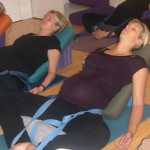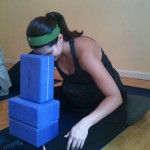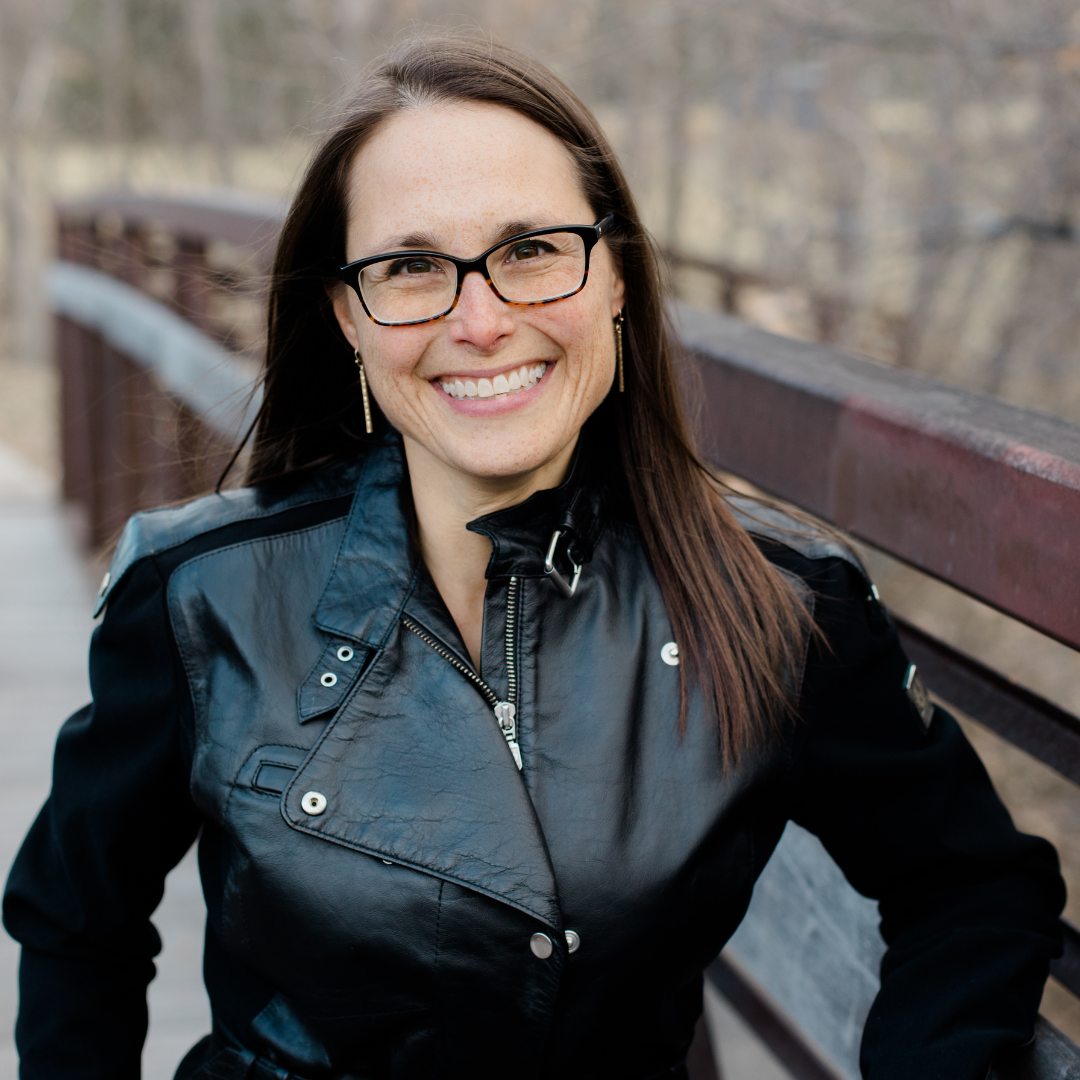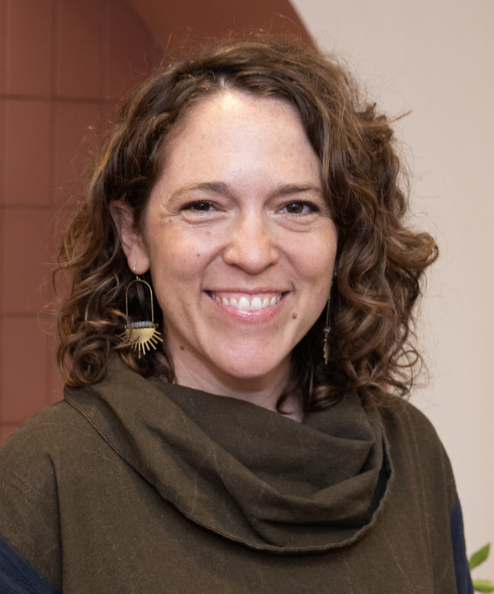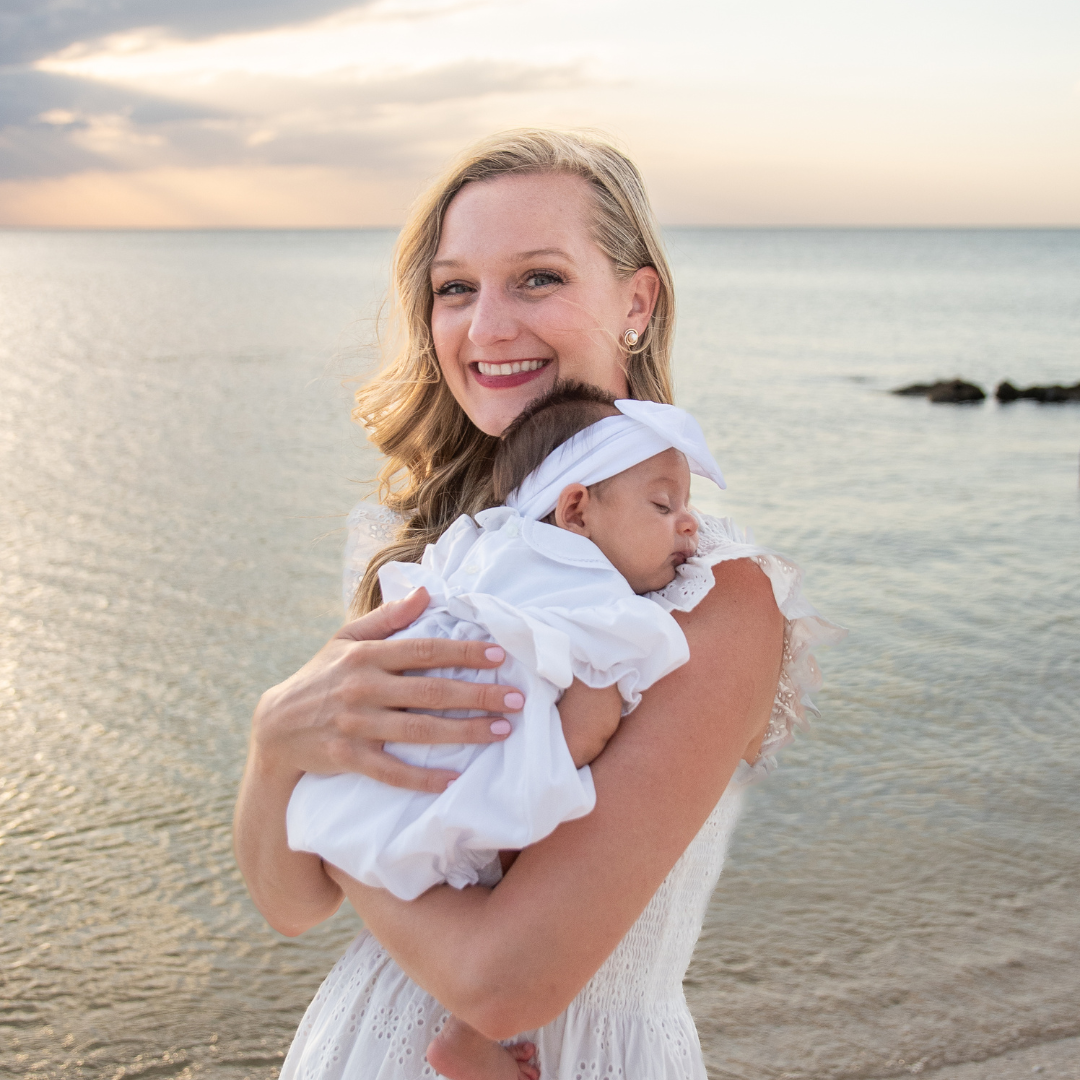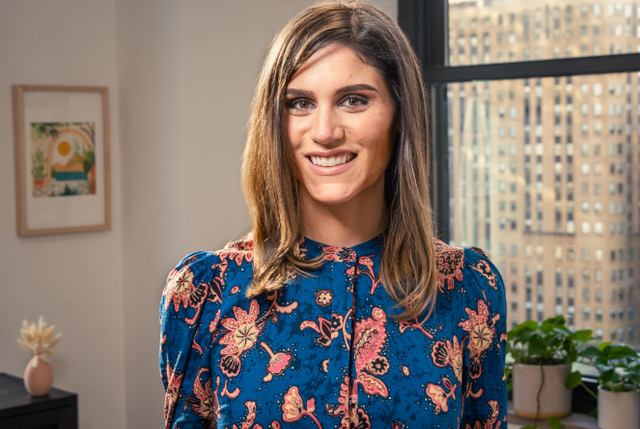The average pregnant woman is very capable of a doing a challenging asana practice that can build confidence and stamina. However, it is important to strike a balance by also practicing gentler, more restful poses that teach her how to soften and surrender when she needs to relax. Perhaps one of the greatest benefits of quieter, restorative poses is that they offer the mother time to be with her baby, listen to her baby and to her own body and, if anything, the opportunity to gain a greater understanding of her inner thoughts and feelings.
Some of the other wonderful benefits of restorative poses include:
Helps reduce stress
Slows the heart rate
Lowers blood pressure
Slows the breathing rate
Increases blood flow to major muscles
Reduces muscle tension
Reduces hypertension
Renews energy
Helps concentration
Quiet time with baby!
Here are some yummy restorative poses the can be adjusted for all three trimesters.
Supta baddhakonasa (Reclined Goddess Pose)
We usually start with this restful pose at the beginning of the class. Place two blocks on the mat, the first on the medium facet and the second on one the highest. Place the bolster over the blocks forming a comfortable back rest which should be about a 45 degree angle. Also, have several blankets available, one or two for knee support and two additional ones for forearm support. Bring the soles of the feet together and then either place one blanket under each knee, or make a longer roll and wrap it around the ankles and under the shins. It is also nice to place a trifolded blanket under the forearms to add a little extra support.
Keep in mind with these reclining poses, it is important to have the lower back well supported. You do not want an excessive lumbar arch when reclining. So when reclining back, make sure the lower back is snug up against the bolster.
Legs Up the Wall
This pose is particularly good if the mother is experiencing any edema in the legs or feet, suffers from varicose veins or her legs are just feeling tired.
If the mother is still comfortable with legs up the wall, place a bolster under the hips so that she is not lying flat for a prolonged period of time. The bolster should be placed so that the sitting bones are just hanging off the bolster. This also creates a nice gentle chest opening pose.
Half Legs Up the Wall aka- Single Leg Drain
This pose is an option for those that can no longer lay on the back, but still offers the wonderful benefits of having the legs elevated. It is done with one leg up the wall while in a somewhat side lying pose and the bottom leg gently bent in the torso.
Legs Up the Wall
If neither of the two previous legs up options work for the mother, the leg up the wall pose may be a solution. Take the same bolster/block set up as supta badhakonasana and place the bolster about 1½ to 2 feet away from the wall. The distance will need to be adjusted depending on the height of the woman. Then in a reclined position, bring the legs up the wall. This forms a “V” like shape in the body offering elevated legs and chest. (This is a good option if the mother wants to elevate her legs, but she is experiencing acid reflux and can’t have her head below her heart.)
Supported Childs pose
Some mothers prefer to rest in a long childs pose if she feels a lot of pressure or discomfort in her lower back or suspects her baby is in the posterior position. To do this pose, simply take a wide knee childs pose and place a bolster under the head or even further down, under the under chest and head.
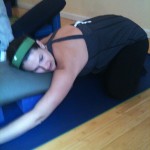
Tarasana with Block Under Head
It can be very restful to allow the forehead to rest on something. This takes pressure and strain off the neck while aiding in quieting the mind. In this pose, the feet are further away from the groin, decreasing the bend in the knees and one or two blocks are placed in front of the feet. An individual’s flexibility and the size of the belly will determine how to use and place the blocks. Most women in their third trimester are not bending forward too easily, so two blocks may be needed. Or, another option is to place a bolster on top of two blocks and create a little altar to rest on. *Remember moms with sacroiliac issues, place a block or rolled blanket under the knees in this pose.
Eye pillow or Head Wrap
Incorporating the use of an eye pillow or a head wrap can help relieve tension and promotes the withdrawal of the outer senses and stillness in the mind. In yoga we refer to this as pratyahara. By utilizing an actual object to help withdraw the senses, the eyes, which are often expressive and focused outward, are now encouraged to focus inward. If you choose to use a headwrap, do not wrap too tightly and draw skin of forehead down, not up.
Hopefully, these restorative poses can allow the mother-to-be a little quiet time to rest, renew and restore her energy.

